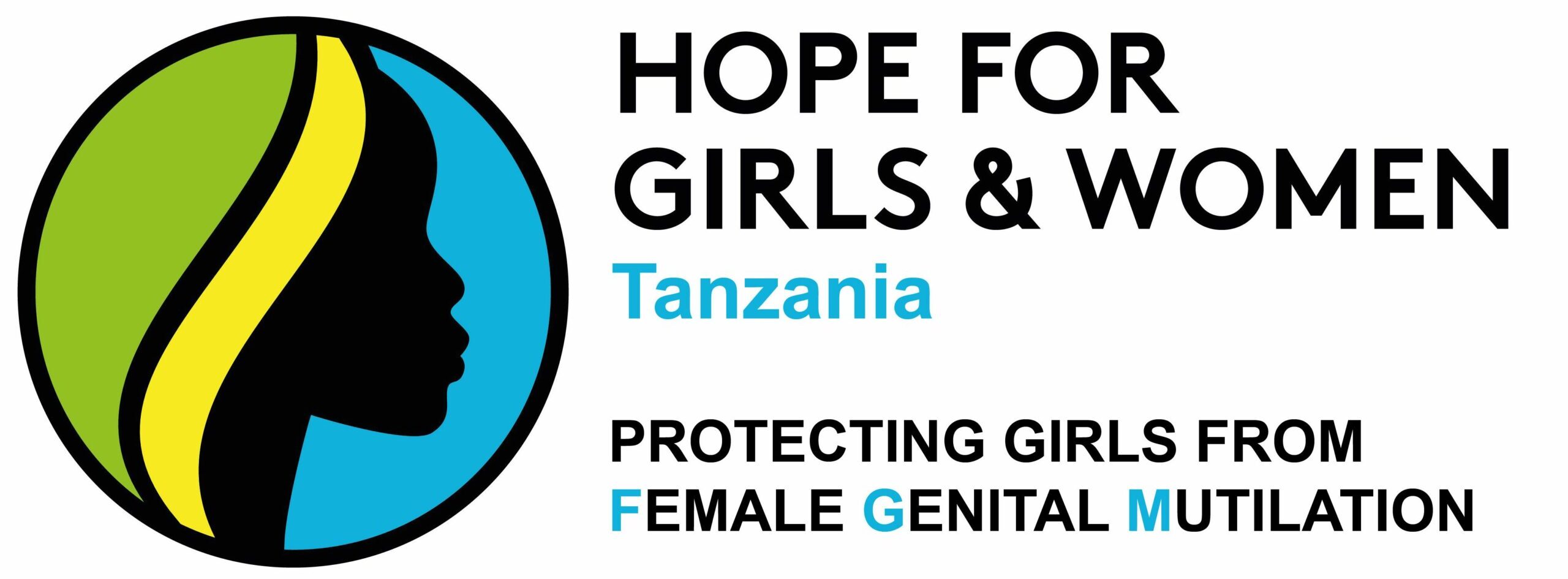 Girls from our Butiama safe house participating in a march
Girls from our Butiama safe house participating in a march
It reflects deep-rooted inequality between the sexes, and constitutes an extreme form of discrimination against women. It is nearly always carried out on minors and is a violation of the rights of children. The practice also violates a person’s rights to health, security and physical integrity, the right to be free from torture and cruel, inhuman or degrading treatment, and the right to life when the procedure results in death (WHO Fact Sheet 2018).
International context
The WHO helped launch and grow the international movement against FGM with its 1979 conference ‘Traditional Practices Affecting the Health of Women and Children’ held in Khartoum, Sudan. Five years later, the Inter-African Committee on Traditional Practices was created during a 1984 seminar held in Dakar jointly sponsored by the government of Senegal, WHO, UNFPA, and UNICEF to help spearhead the African-led movement against FGM.
When the WHO later developed it’s official definitions and classifications of FGM in 1997, the focus on these traditional practices remained with the explanation, ‘Both traditional and modern genital surgery is performed in different societies for a variety of medical, cosmetic, psychological or social reasons. The surgical procedures included in the definition of female genital mutilation used in this book are limited to cutting rituals performed exclusively for cultural and traditional reasons on girls or young women, often without their approval or full understanding of the consequences of the procedures’.
The UN’s Committee on the Discrimination Against Women (CEDAW) in 1990 called on national governments to take action to eradicate FGM due to the procedures’ potential serious health consequences. Building on this, the UN’s 1993 ‘Declaration on the Elimination of Violence Against Women’, known as the Vienna Declaration, identified female genital mutilation as a serious form of violence against women. In December 2012, the United Nations General Assembly adopted a resolution to intensify global efforts to eliminate FGM.
Tanzanian context
Nationally approximately 10% of women aged 15 to 49 report having undergone FGM in Tanzania, but prevalence is much higher in the Mara region at 32%. The prevalence of FGM varies greatly by ethnic identity and within Tanzania these procedures are predominantly performed as a component of girls’ social initiation. Some groups, such as Kuria and Maasai people, have historically performed these procedures, while most others have not.
FGM when performed on minors under the age of eighteen became illegal in Tanzania in 1998 and is punishable by up to fifteen years in prison. However, prosecutions and successful convictions have been very limited. Nonetheless, FGM related arrests do appear to be on the rise. In December 2017, for example, the female circumciser Wansato Bruna (56) from Rung’abure village in Serengeti was sentenced to eight years in prison. And in December 2016, Mbusiro Kitari from Mosongo village and Wegesa John from Nyamburi village in Serengeti were sentenced to three years in prison, fined TZS 300,000 ($138) each, and ordered to pay their fourteen year old victim two million shillings ($920) in compensation.
In the Mara Region
The large majority of girls and young women resident at our safe houses identify as Kuria. Within Kuria society, genital cutting for girls and boys has historically been a component of initiation into adulthood and a marker of ethnic membership. For girls, this generally involves cutting the clitoral glans and sometimes also the labia minora. Kuria girls and boys are initiated in large groups at the same time and all those initiated together form one age set. Age sets have been integral to Kuria social organization, for example dictating who can marry whom. Previously, many Kuria people regarded female and male genital cutting as equivalent practices, but this is rapidly changing due to campaigns against FGM.
Hope for Girls and Women actively participates in community outreach events to open up dialogue within local practising communities and raise awareness of the harms of female genital mutilation and other forms of gender based violence.
Read the UNFPA report on FGM in Tanzania here.
